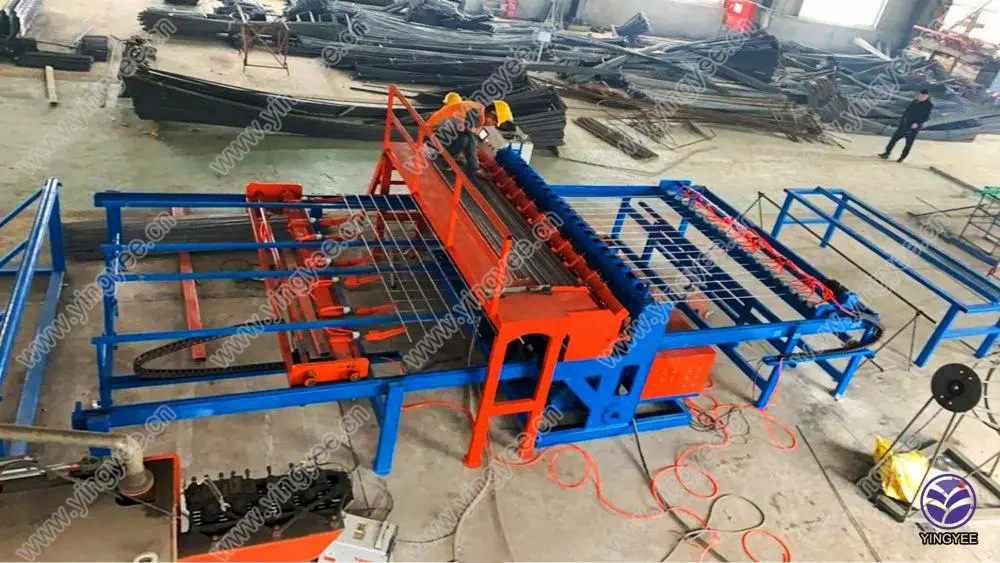The Innovation of Cold Bending Making Machinery
In the realm of construction and manufacturing, the ability to manipulate and shape materials efficiently is a critical factor for productivity and innovation. One of the most significant advancements in this area is the development of cold bending making machinery. This technology revolutionizes how materials, particularly metals, are processed, allowing for greater precision, reduced waste, and enhanced productivity. This article will explore the fundamentals of cold bending, its machinery, applications, and future prospects.
Understanding Cold Bending
Cold bending is a process that involves the deformation of materials, typically metals, at room temperature, without any prior heating. Unlike traditional bending methods that often require heating metal to high temperatures, cold bending offers distinct advantages. It retains the material’s original strength and structural integrity, preventing any loss of hardness, which can occur with hot bending techniques. Additionally, cold bending minimizes the energy consumption associated with heating materials, making it a more environmentally friendly option.
The Machinery Behind Cold Bending
Cold bending making machinery comes in several forms, each designed to accommodate various shapes and sizes of materials. The most common types include bending machines, roll formers, and press brakes.
1. Bending Machines These machines utilize a fixed bending die and a movable ram to create the desired shape. They are often used for bending sheets and plates of metal into specific angles and curves required for different applications.
2. Roll Formers Roll forming machines are designed for producing long strips of materials with consistent cross-sections. This is achieved by passing a flat metal strip through a series of rollers, which bend the material incrementally until it reaches the desired profile. This method is highly efficient for mass production.
3. Press Brakes A press brake machine is essential for performing more complex bends and folds. It allows for precise angles and is capable of working with various thicknesses of material. Press brakes are commonly used in the manufacture of parts for the automotive industry, aerospace, and general manufacturing.

The technological advancements in these machines have led to increased automation, improved control systems, and enhanced software capabilities. Computer Numerical Control (CNC) technology has become prevalent in modern cold bending machinery, allowing for precise control over the bending process. This level of automation not only boosts efficiency but also reduces the likelihood of human error.
Applications of Cold Bending Making Machinery
Cold bending making machinery finds applications across multiple industries. The construction sector employs this technology for creating structural components, such as beams, columns, and frames. The automotive industry utilizes cold bending for manufacturing parts like chassis and body panels, ensuring high strength while maintaining lightweight characteristics. In the furniture industry, cold bent metal components are used to create aesthetically pleasing and durable designs.
Additionally, the electronics industry benefits from cold bending technology for producing brackets and supports for various devices. The versatility of cold bending means it can accommodate a range of materials beyond steel, including aluminum, brass, and even composite materials, expanding its usefulness across diverse applications.
Future Prospects
As industries continue to evolve, the future of cold bending making machinery looks promising. Innovations such as additive manufacturing and hybrid forming techniques are on the horizon, pushing the boundaries of what can be achieved with cold bending. The integration of artificial intelligence and machine learning in manufacturing processes will enhance predictive maintenance, improve efficiency, and drive down costs.
Sustainability is also a significant focus, with manufacturers increasingly seeking eco-friendly options. Cold bending, with its lower energy consumption and reduced material waste, aligns well with these sustainability goals. This technology is poised to play a pivotal role in meeting the future demands of efficient and environmentally responsible manufacturing.
In conclusion, cold bending making machinery represents a cornerstone of modern manufacturing. Its ability to shape materials with precision, efficiency, and sustainability makes it an invaluable asset across numerous industries. As technology continues to advance, the potential applications and capabilities of cold bending machinery will only expand, paving the way for innovative solutions in an ever-evolving industrial landscape.